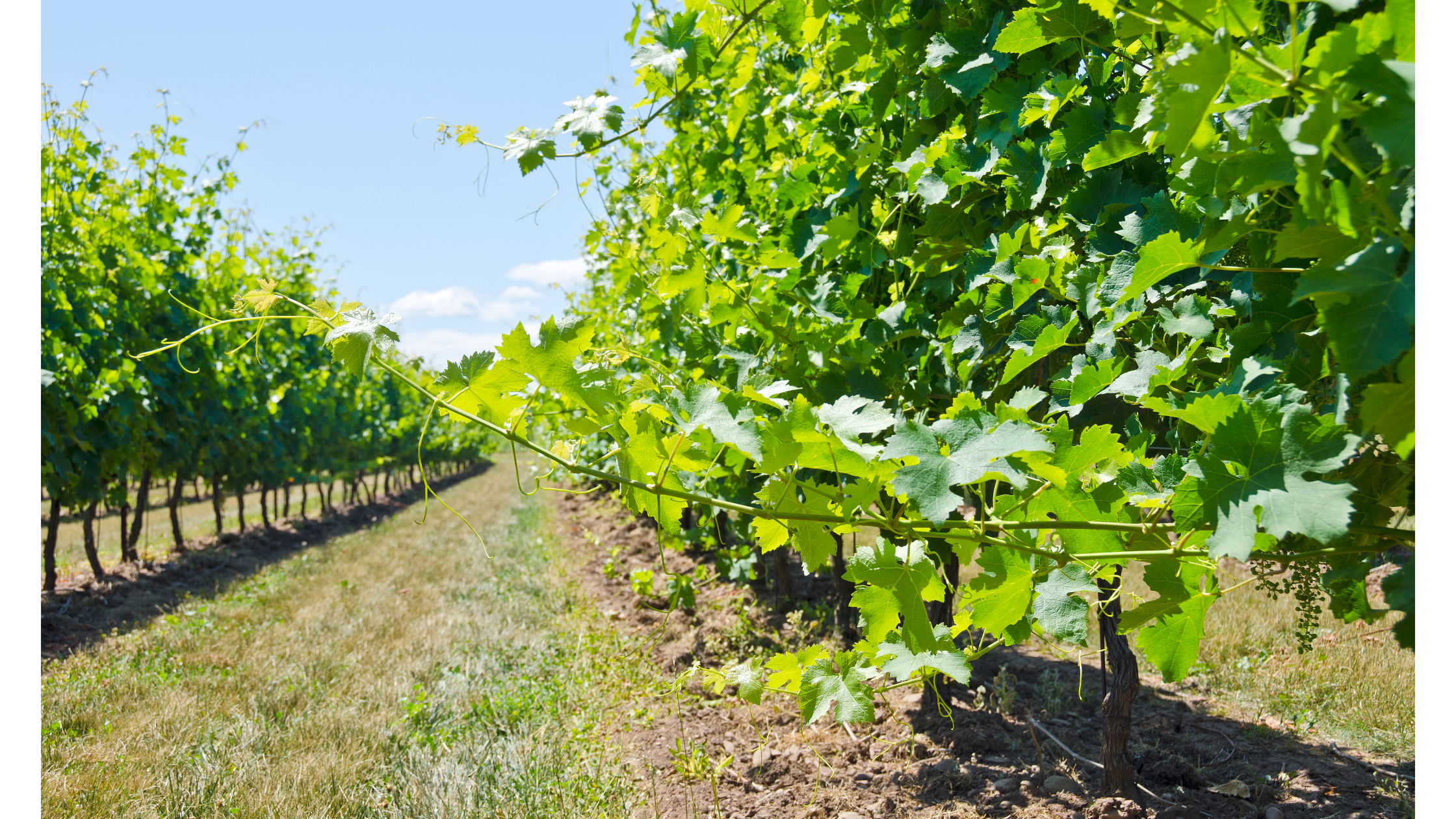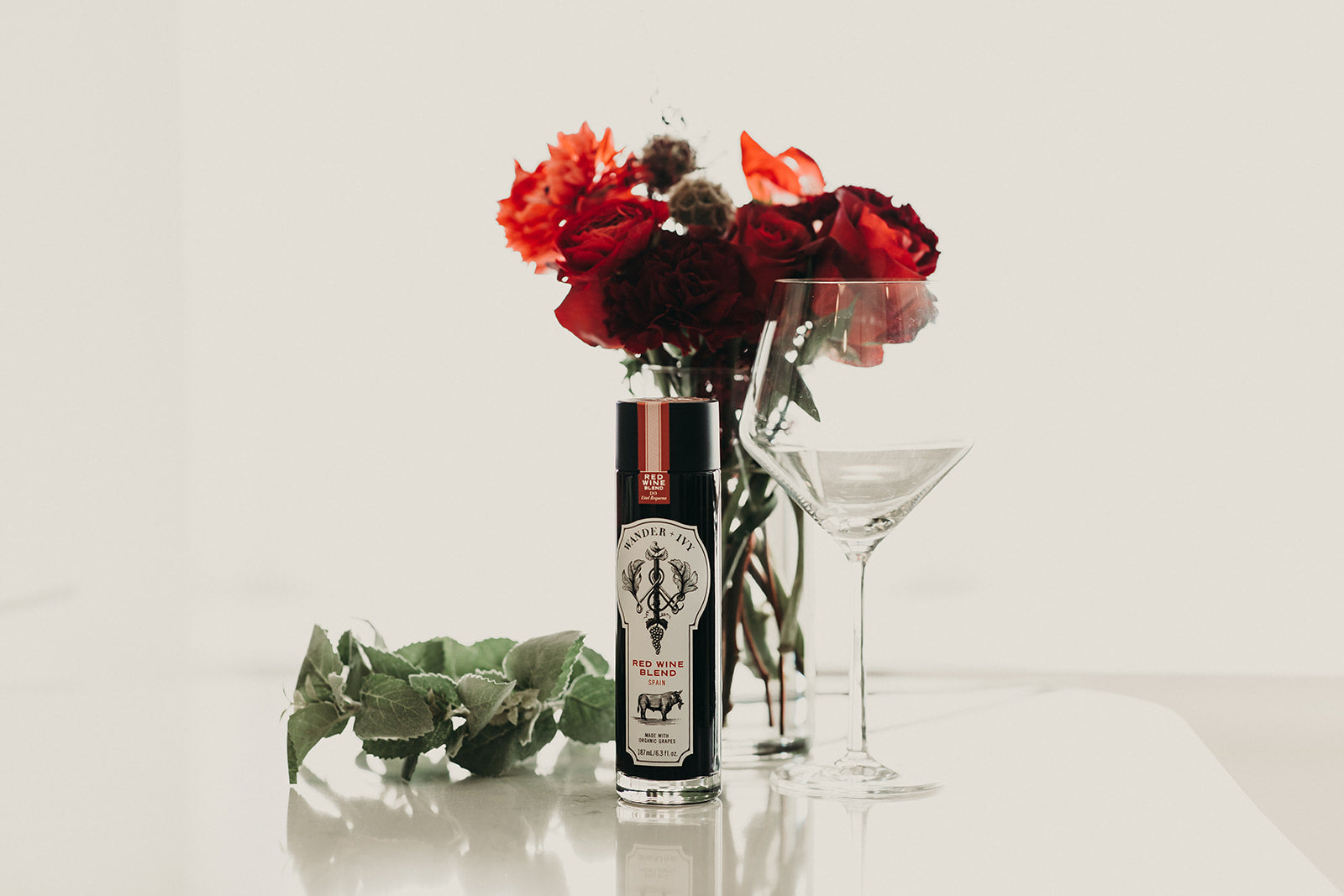
In the Vineyard: Pruning
Perfectly timed for Spring, we’re discussing the importance of pruning! Pruning is a practice involving the selective removal of certain parts of a plant such as branches, buds or roots. Pruning is a common practice in horticulture and silviculture (garden and forest cultivation and management). In the winemaking world pruning is both an art and a science and a crucial step in cultivating that perfect glass!
Why Do We Prune?
Pruning usually happens in early Spring. The process starts with the winemaker cutting away dead branches, leaves and other unnecessary debris from vineyards. This targeted removal of diseased, damaged, dead, non-productive structurally unsound or otherwise unwanted tissue from crop and landscape plants ensures the grapes can continue growing how they are meant to.
As the growing season progresses the winemaker will work to thin out the grapevine. The thinning of the grapevines happens for 2 major reasons:
- First reason- it’s all about nutrients! If you have too many grapes on the vine, the nutrients coming from the soil are not able to fulfill each grapes’ nutritional need. Basically, there’s not enough nutrients to go around for everyone so winemakers have to get rid of some of the grapes. To recap - reason #1, thin em out, so there’s enough to go around for everyone!
- Second reason - too much shade!! Thinning the grapevine also entails clearing away overgrown foliage that shades the grapes. Grapes need adequate sunlight to ripen and produce beautiful sugar content. Thinning out the vines ensure sunlight can reach the grapes! To recap - reason #2, there’s no room for throwing too much shade in winemaking!

What Happens Next?
The winemaker will continue to prune the grapevines throughout the season to 1- ensure there’s enough nutrients to go around for everyone and 2 - make certain there’s not too much shade in the game. Throughout this time period, and as the grapes continue to ripen, winemakers constantly will grab the grapes from the vines to taste and see how they are developing. This tasting helps them determine ripeness and timing for picking. Once they get close to full ripeness they’ll start measuring the sugar content to ultimately decide when they want to pick the grapes! Once grapes are picked, the full winemaking process can begin. Read all about this process from our previous posts below!
Winemaking in Action: The Aging Process
Winemaking in Action: Tanks and Fermentation
Winemaking in Action: Sorting, Crushing and Pressing

Shop all of our single serve wines made with organic grapes on our online wine shop.


